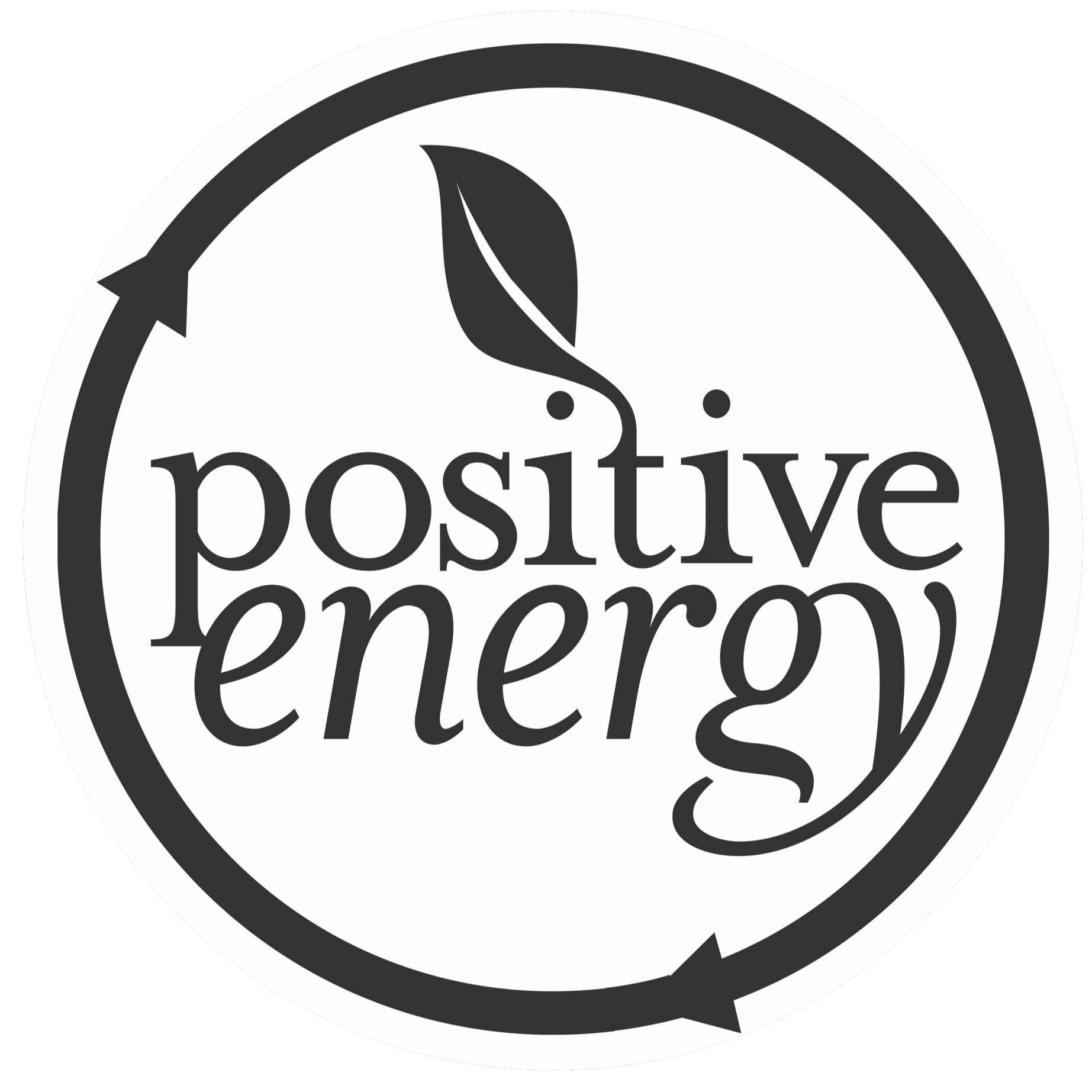Building Science: A Vision For The Future
by Kristof Irwin and M. Walker
Building Science is a discipline that is more popular now than it has ever been since its inception. There are several reasons for the newfound popularity. In part, we can attribute the general increase in the research body; more research has been done in the last few decades than previous centuries. The fact that scientists and engineers have been conducting building science experiments and publishing findings has been a tremendous gift to generations who spend most of their lives indoors.
There have also been significant and rapid advances in information technology that allow us to package building science research in ways that allow the average person to engage and learn. Popular media channels have quickly proliferated into the public arena, focused on products/applications for high performance enclosures, mechanical systems, and durability strategies. Ten years ago, we at Positive Energy primarily fielded inquiries only from architecture and construction firms interested in our consulting and engineering services. And while construction industry professionals remain the vast majority of our clientele today, in the last few years we have seen a substantial increase in inquiries from homeowners each month. Many of the hundreds of messages we get are from homeowners who have only just begun their journeys into the building science knowledge base and are looking for someone to help guide them in the right direction and make good choices.
On the whole, this is a fantastic development. People want their homes to perform well because they recognize how important it is for the health, safety, and comfort of their families. Building science has moved out of the realm of obscurity into the edges of popular culture in a short period of time. But we also live in an era when scientific research and expertise is ironically declining in its influence over people’s decision making. And it wasn’t so long ago that very few people understood the profound impacts of their homes. So as more and more people consume content about various enclosure or space conditioning products, it is critical that we as professionals and human beings take a step back and remind ourselves what we’re doing and what the function of building science is in this industry and in our larger global society.
What is our vision for the world we want to live in and leave behind for our children? Through that lens, what lessons can the history and trajectory of building science research offer us to achieve a better world and future? Obviously, we at Positive Energy are promoters of decision making based on scientific consensus and place a primacy on the scientific method as a center-point of verifiable fact. And we are also promoters of creating beauty in the world. We recognize the design process - the reconciliation of science and art through deep thinking and goal setting - as a pinnacle of collaboration that can take our species to new vistas of health and well being.
Consider this: what if all our homes and buildings were beautiful, durable and low-energy-using, offering sumptuous comfort and a healthy indoor environment? These are the core functional characteristics of architectural design. The decisions made in the design process are based on a sympathetic combination of skillful architecture and a building science based understanding of outcomes. For many decades these largely-unrealized benefits have been trapped within a cage of societal ignorance and market apathy (this is a kind way to say profit motive). The yet unrealized upside potential of our buildings, particularly our homes is tremendous and there has never been a more prime opportunity to fundamentally change our approach to what a home is and does.
Building science, at its core, is essentially systems theory applied to buildings. The power and insights of building science stem from an integrated, interdisciplinary understanding of how buildings are put together and how they perform through time. The potency of this vantage point to change the functional outcomes of buildings is like a nutrient in a natural ecosystem that is bound up and needs to diffuse through our industry and our society in order to affect growth, change, and societal vitality.
It's also true that building science as a discipline is due to increase the breadth and depth of it's impact as more and more people become aware of its existence and its implications. So we’d like to offer our perspective and suggest three key transitions to notice and support, whether you’re a professional or layperson.
Construction industry business model transformation must occur - the business entities that are responsible for delivering the built environment must begin to transition their thinking and practices to more robustly embrace a building science approach and avail themselves of expertise right away.
Building science research will continue to overlap with health science findings - expanding the dimensions of quality homes and buildings to overtly include the functional outcomes of health, comfort, and overall well-being.
Building science research will continue to overlap with social science findings - recognizing that the benefits of a systems view of homes and buildings is currently constrained by cultural ignorance, not by technological limitations.
Although our perspective is that these transitions must occur, it’s worth noting that they are already underway in various capacities across the construction industry. They are each an expansion of the core approach of building science, that of an integrative systems view.
Bringing Perspective Into Focus
Business
Historically, building science knowledge has been infused into projects through relatively constrained means. Whether by bringing a single practitioner into a project to design an enclosure system or to consult in the event of a building failure, architecture and construction firms have related to building science expertise largely as an adjacent satellite, brought in only when needed and largely focused on enclosure systems. On occasion, firms may have in-house expertise that was built over decades of hard learned lessons. But there are relatively few fully interdisciplinary building science companies focused on the landscape where building science research is headed and expanding the areas of consulting/design focus. To date most building science knowledge, research, and expertise is tied to organizations that are either government labs or are funded by governmental programs.
Positive Energy is proud to be a building science consulting firm that offers a robust and functional services based on a building science understanding and an interdisciplinary approach. Our industry is poised to expand its impact and needs to move past the era of rock-star like individuals to one where building science is institutionalized in businesses that outlive their owners and keep working when the principal goes on vacation. These pump-priming efforts are due to start a steady flow of market and industry change, that to date has not realized it's potential.
Of course, it is also incumbent on architecture and construction firms to actually avail themselves of the expertise available at the appropriate time in a project. We could literally write a book on the project decision making process, setting client expectations, and how intimately tied those are to firm culture. But for now, we’ll leave it at this simple plea; hire us. We want to help you and we know how to do it well.
Health
Recognizing the overlap of the health sciences with the building sciences is a key step forward. If you’ve not yet heard the saying, “health is the new green,” you’ve not been paying attention. For many decades building science has mainly constrained itself to physics, chemistry, and engineering and has focused on building products, systems, and assemblies and the impact of weather and climate on the enclosure and mechanical system energy use. Adding the impact of our buildings on their occupants is an important and potent expansion. Anyone who buys organic produce is evidencing a value-preference system that seeks to avoid exposing themselves and their family to health degrading exposures. We neither want to eat nor breathe chemicals that degrade and damage our health. Fundamentally this shift in perspective is simply an expansion of systems view.
More research has been done on the impact of construction materials to indoor air quality in the last two years than the ten preceding. And now with the broad public awareness of airborne contaminants given the SARS-2 pandemic, we expect the speed and breadth of research in this space to dramatically expand in the coming years. Building scientists will be the ones to bring these findings into reality for society and that is an important, exciting, and potent role to play, but also a tremendous responsibility.
Social
The next and potentially more potent expansion of the systems view that building science offers is to include the overlap of the social sciences with what we know of buildings' impact on human beings and the planet. We live in an ever-increasing world of technological sophistication. Against this backdrop, our homes and buildings are laggard technologies that continue to fall further behind (see the recent grid collapse and failure in Texas for proof). But technology isn’t really the issue, is it? It’s our society’s inability to cooperate in more creative ways that keeps us squarely in the status quo of practice.
There are significant movements to expand vertical integration into modular and panelized approaches to delivering buildings. These are certainly a start, but they will continue to be constrained by societal ignorance and apathy unless we unlock those social dynamics that are maintaining the status quo. In an ideal situation, product manufacturers would realize the benefit to their brands and longevity by working together to reset our expectations of our homes and buildings than from competing with each other for existing market share. We need those with capital and manufacturing capabilities to think beyond quarterly projections and envision their roles in creating a healthy and equitable future, built to last for generations. Cultural and value changes are inherent in such a shift of focus.
In Conclusion
Our industry and our society owes a tremendous debt to the intelligence, exertion, and discipline of the pioneers of modern building science. Many of these folks are still around for us to thank in person, for us to invite as keynote speakers at our events, and soak up their lessons. These are the individuals that have dedicated their lives to this industry because they understand the importance of quantifying building performance. Let's invite them into the discussion of how to make what they know deeply valued. Because of their efforts there are many examples of durable, efficient - include net zero and net positive energy buildings - comfortable and healthy buildings and homes. It's also true that the current mainstream set of construction practices in the United States are optimized around low first cost, delivery process efficiency, and qualitative visual-spatial outcomes. We have selected a subset of quality metrics and, on the whole, continue to allow health, comfort, durability, health, and societal impact to sit on the back burner.
The time to change has arrived.
Positive Energy is always seeking to work with other industry thought leaders to invest in the future of our industry. This will happen by engaging in thoughtful cross-disciplinary discussions focused on unlocking the constraining cage of how we think about, and what we expect from our homes and buildings. Through our services to firms and projects we seek to move the industry forward, one literal project at a time. Through our advocacy efforts, whether speaking at conferences or via our podcast, we seek to platform thought leaders in the areas of building science, architecture, construction, indoor environmental and indoor air quality, as well as behavior change, market and industry transformation.
We invite you to join us on this journey. We implore you to think critically about your own projects, business, purchasing decisions, and impact. Together, we can and will turn this super-tanker.




